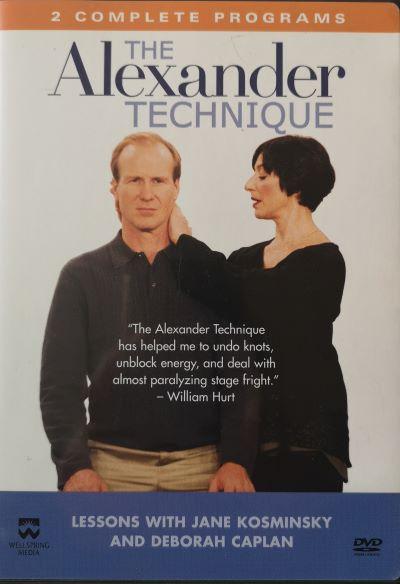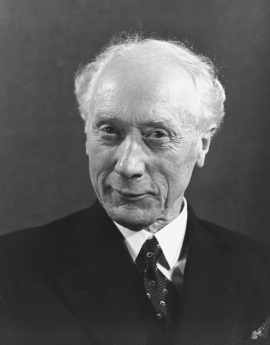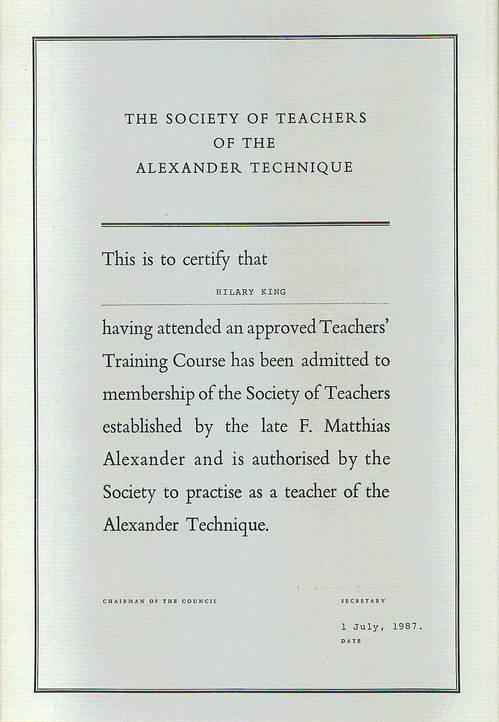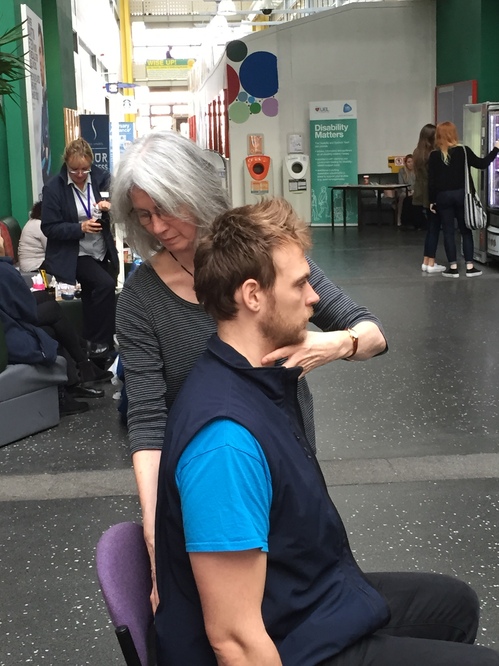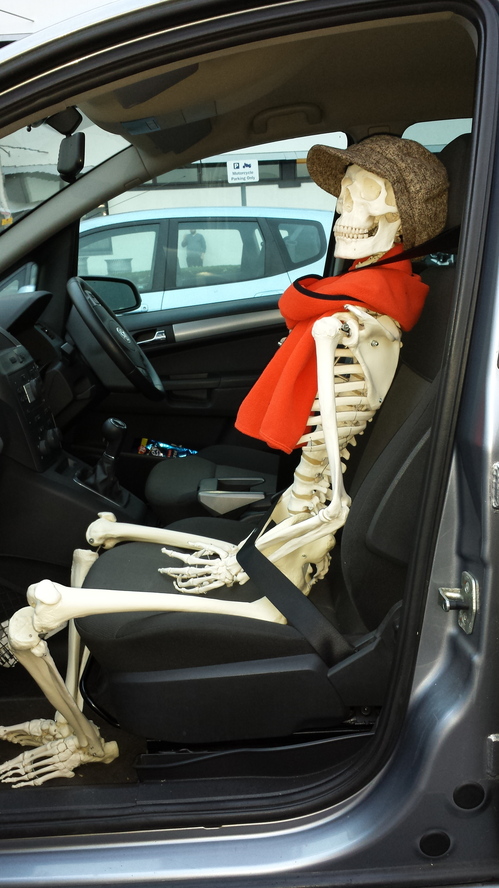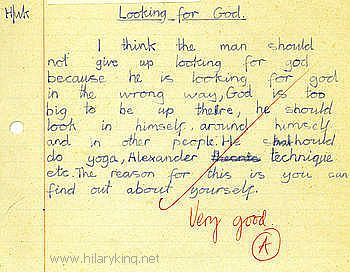Research shows the British habit of having a ‘Stiff Upper Lip’ may reduce Cancer survival rates.
The BBC cites research that indicates people in the UK tend to be slower to contact their doctors when they notice possible cancer symptoms and this puts them more at risk than patients in most other countries. As with most conditions, the sooner there is a diagnosis, the more treatment options are likely to be available. Delaying diagnosis can reduce cancer survival rates (as can a lack of NHS funding!)
The article says this is particularly true of Brits over 50 years of age, who often say they are embarrassed and don’t want to waste the Dr’s time. Researchers also suggest they still have a ‘wartime mentality’ and feel they need to be stoic. Money worries and the recession add to fears about losing jobs, so many people feel less able to admit to having a problem, so it is understandable why the ‘stiff upper lip’ comes into play. How sad – if only they could allow themselves to seek help sooner.
A Stiff Upper Lip impacts on other conditions too.
Some people come for AT lessons because their constant back problems or RSI (for instance) have become so painful that they are finally driven to seek help and come to the Alexander Technique. Often they have tried so hard to do their best that they’ve lived and worked through stress, pain or illness for months before deciding to address the problem, which usually makes their condition worse and can lead to more serious illnesses and ME, Myalgic Encephalomyelitis.
People often find great relief from their pain by learning how to use their bodies differently in AT lessons but the more entrenched their habits and the longer they have been around, the harder it is for change to happen and for healing to occur. When we are ready and willing to allow ourselves to change, change usually takes place – the earlier this process starts, the easier it is and the sooner we can feel more comfortable in our bodies. This isn’t necessarily age related. I have known some eighty year old pupils more open to allowing change than some fifteen year olds!
Don’t be so Stoic!
Most of the time we just don’t need to be so stoic (although very occasionally, it is a useful skill to draw upon). It is important to know when we are stuck in a pattern that does not serve us so we need to stop working in the way in which we have been doing and to allow ourselves to ask for appropriate help.
To illustrate what often happens, I will explore the problem of RSI. There are many people who constantly use computers or musical instruments and experience increasing levels of pain. They continue working right through the pain in order to meet deadlines and they stoically believe they have to keep on going, despite their discomfort. This is not a very pleasant way to live and yet many people ‘keep a stiff upper lip’ and keep working, getting caught in the mouse trap. Changing the mouse may help briefly but then the pain tends to come back with overuse – unless the way they work and use their bodies also gets changed. Far better to seek help quickly, as one drummer recently did, in the very first weeks of having painful arms.
It’s OK to seek help sooner ~ Know when to STOP
My second example is of a new AT pupil who described her experience of previously having ME – I’ll call her Mary. As a younger woman, she had been both working and attending college at the same time and was doing far too much. She also had a full social life and chose not to take any of her holiday for a full calendar year. Then Mary became ill with sinus problems which just wouldn’t go away but she ‘just kept on working’ through her illness – until she found she couldn’t walk. Mary ended up in hospital for a week and spent three months being ‘out of it’ and unable to walk. Her body had rather dramatically told her to stop being so stoic and to stop overworking!
Mary began to recover and to walk again. She changed her attitude towards work and her studies, so that she did a lot less and did not overstretch herself. The ME lasted for four years or so, which is rather less than it takes many people to recover and this may largely be due to the fact
that Mary took her condition seriously and made important changes in her attitude towards the way
she worked, cutting out everything unnecessary and ‘extra’, which gradually allowed her body to heal and her health to improve.
Wisely, Mary has taken a sabbatical in order to avoid going back into her old patterns of overwork. She wants to stay in touch with what is really important to her and has started having Alexander lessons in order to enhance this process Many people over the years have found that learning the Alexander Technique can help them to manage conditions like ME, RSI and
back pain, as they begin to fine tune their energy and tension levels and learn to pace themselves better.
The Technique not a cure-all but most people find the work incredibly helpful in all sorts of different situations and conditions – it can even help you free your jaw, smile and begin to let go of a habitual urge to keep a stiff upper lip!
